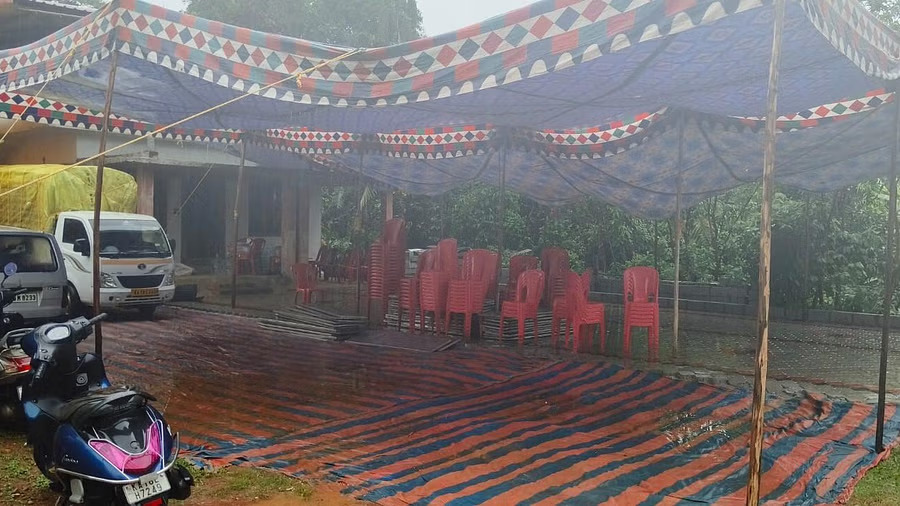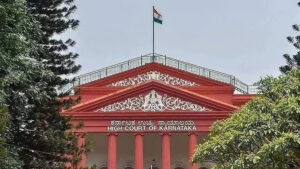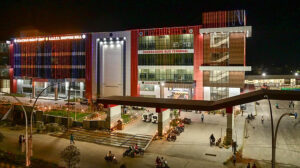Chikkamagaluru, the charming hill town in Karnataka known for its lush coffee plantations and serene Western Ghats, has long been a retreat from the chaos of city life. However, even such paradisiacal places are not immune to the increasing wrath of unpredictable weather. Over the past few days, Chikkamagaluru found itself overwhelmed by intense rainfall that threw daily life off balance, disrupting transport, communication, livelihoods, and access to essential services.
The deluge has once again brought into sharp focus the broader concerns surrounding urban preparedness, climate resilience, and the human cost of weather unpredictability—issues that transcend regional boundaries and speak to national and global concerns.
Downpour and Disruption: A Snapshot
The rains, relentless and widespread, led to:
-
Waterlogging in residential and commercial areas
-
Interruption of public transport and school schedules
-
Power outages across multiple taluks
-
Roads caving in and landslides in high-altitude regions
-
Interruption of mobile networks and internet services
-
Agricultural losses affecting coffee growers and small farmers
The town, famed for its scenic routes and tourism, momentarily became a zone of disruption. Tourists were stranded, locals had difficulty accessing essential services, and rural areas saw a breakdown in connectivity and supplies. This isn’t merely a tale of inconvenience—it’s a tale of survival, adaptability, and long-overdue infrastructural introspection.
The Rural Impact: From Coffee Fields to Classrooms
Chikkamagaluru’s economy is heavily reliant on agriculture, especially coffee cultivation, which is both labor-intensive and climate-sensitive. Unseasonal or excessive rainfall affects not just crop yield but also post-harvest activities like drying and packaging. In rural areas, small farmers and daily wage workers bore the brunt of the downpour, losing income for several days due to unworkable conditions.
Local schools were also forced to shut down or operate minimally due to flooding and road inaccessibility. For students, especially those preparing for exams or seeking higher education, the consequences extend beyond just missed classes—they face documentation issues, delays in application deadlines, and disrupted academic schedules.
The Urban Jolt: Infrastructure vs. Nature
The urban and semi-urban zones in Chikkamagaluru struggled with blocked drainage systems, damaged roads, and poor water management. As is often the case, city planning has lagged behind rapid urbanization. Overflowing sewage systems and clogged stormwater drains turned the streets into rivers—reminding citizens of the fragile urban planning that cannot cope with natural extremes.
Public and private sector employees alike found it difficult to commute or even work remotely due to power cuts and mobile network failures. Banking services, government offices, and local transport were affected. All of this has a cascading effect on productivity and essential governance.
Climate Change and the Pattern of Extremes
What Chikkamagaluru experienced is not a random act of nature—it is part of a larger, disturbing trend linked to climate change. Rising global temperatures have made rainfall patterns erratic. In India, especially in hilly and coastal regions, this has translated into more intense spells of rain within shorter durations, causing flash floods and landslides.
The situation calls for:
-
Comprehensive climate-resilient infrastructure
-
Timely early warning systems
-
Restoration of natural water channels and catchment areas
-
Public awareness and community preparedness programs
What Needs to Change: A Collective Responsibility
While authorities have responded with relief work and damage assessments, the long-term solution lies in proactive planning and citizen engagement. Every town and taluk needs to reassess its disaster preparedness matrix.
Here’s what stakeholders can prioritize:
-
Urban planners must design cities with sustainable drainage and waste management systems.
-
Educational institutions must facilitate digital records for students.
-
Government departments should simplify procedures for reissuing lost documents.
Sponsored
FACTS Transcripts
Apply for a University document anywhere
https://www.factstranscript.com
Quick Transcripts for popular Universities, check your University name now and get started. We help you to get your transcript application online which is accepted for use of IRCC.
No DD, NO Paperwork. 100% Authentic, Reliable.
FACTS Transcripts Charges · Reviews · Assam Universities · Home · Know your University









